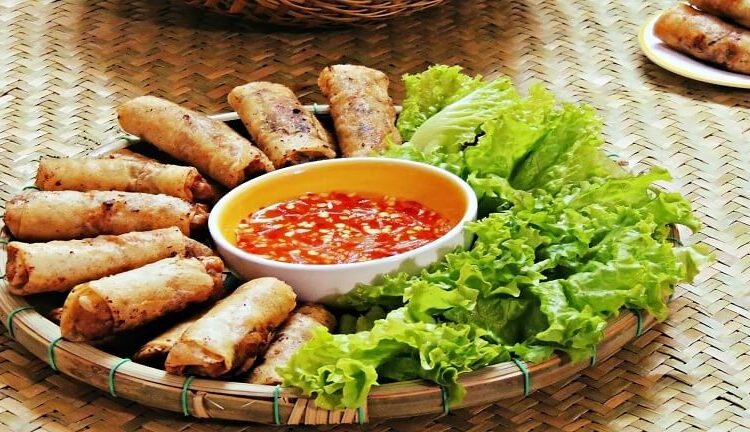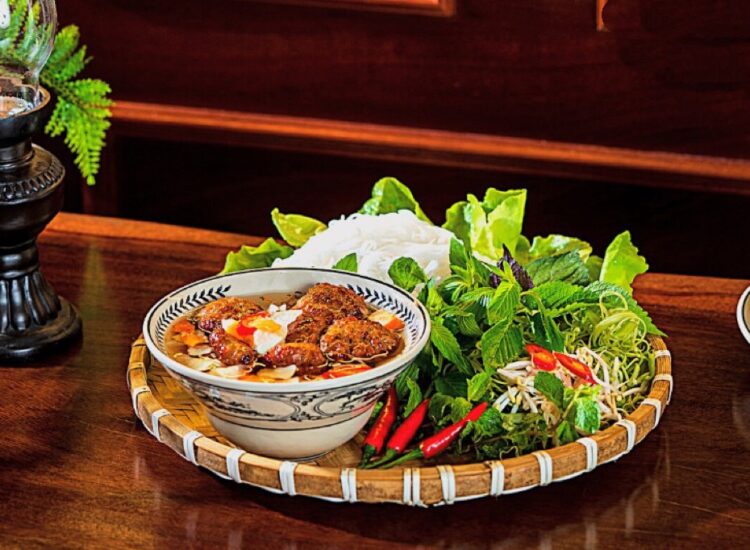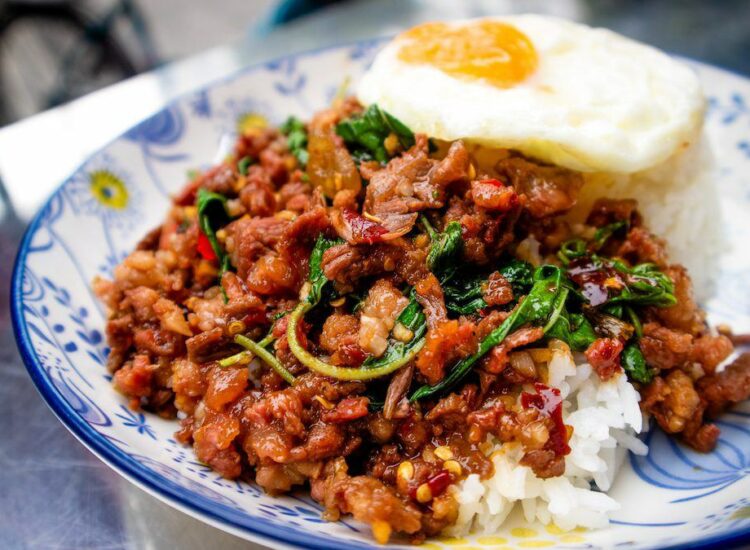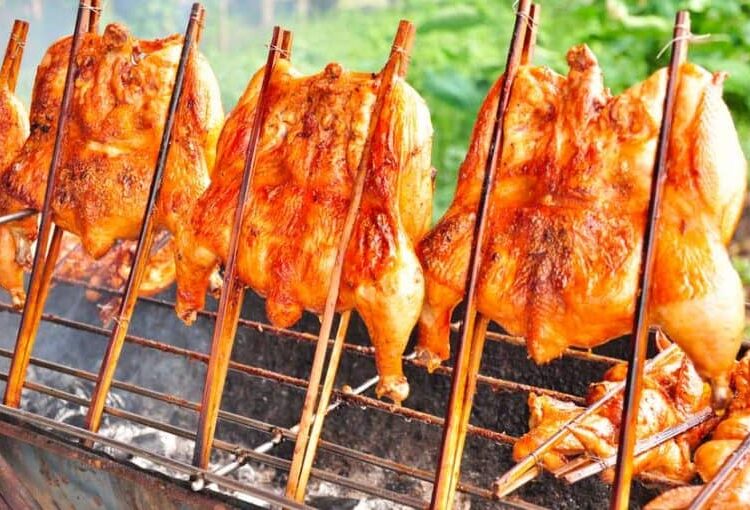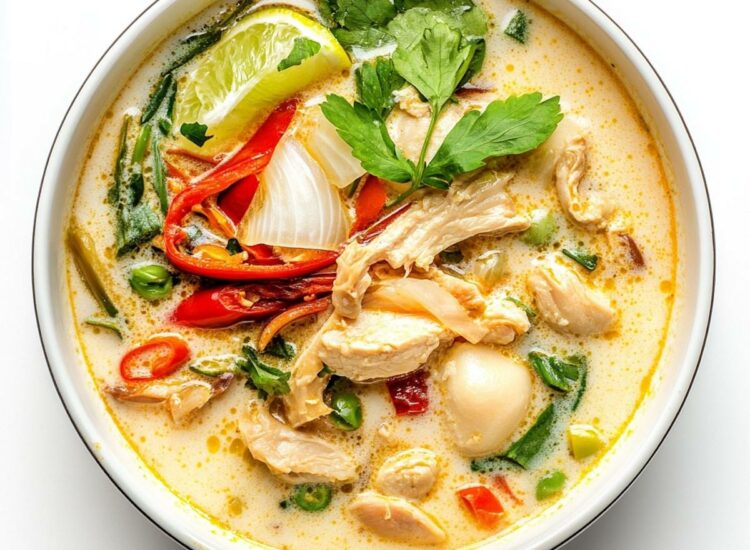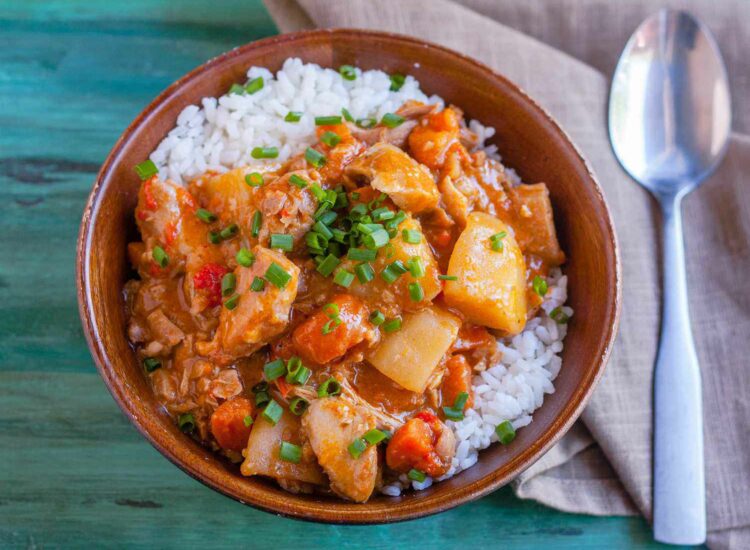The landscape of Thai cuisine is constantly evolving, with new interpretations of classic dishes and innovative culinary techniques emerging. Predicting the absolute “best” is subjective and depends on individual preferences, but we can explore the trends and establishments that are likely to define the best of Thai food in 2025. This article will delve into various aspects of Thai cuisine, from fine dining to street food, considering both traditional flavors and modern innovations.

I. Defining “Best” in Thai Cuisine:
Before exploring specific dishes and restaurants, it’s crucial to define what constitutes “best” in the context of Thai food. Several factors contribute to a truly exceptional Thai culinary experience:
- Authenticity: Using traditional ingredients and cooking methods to capture the true essence of Thai flavors.
- Balance: Achieving a harmonious blend of the five fundamental tastes: sweet, sour, salty, bitter, and spicy.
- Freshness: Utilizing fresh, high-quality ingredients, particularly herbs and spices, to enhance flavor and aroma.
- Creativity and Innovation: While respecting tradition, innovative chefs are constantly pushing the boundaries of Thai cuisine, introducing new techniques and presentations.
- Ambiance and Service: The overall dining experience, including the restaurant’s atmosphere, service, and hospitality, also plays a crucial role.
II. Fine Dining Thai Restaurants in 2025:
Fine dining Thai restaurants offer a sophisticated and elevated culinary experience, often showcasing modern interpretations of classic dishes. Based on current trends and recognition from prestigious guides like the Michelin Guide, here are some key aspects and examples:
Related articles 01:
1. https://chobangkaewthai.com/a-journey-through-time-unraveling-the-history-of-massaman-curry
2. https://chobangkaewthai.com/thai-whisky-the-essence-of-sugarcane
3. https://chobangkaewthai.com/thai-beer-the-drink-that-beats-summer-fatigue
4. https://chobangkaewthai.com/cha-yen-delicious-drinks-from-tea-leaves
- Emphasis on Local and Sustainable Ingredients: Many top Thai restaurants are prioritizing the use of locally sourced, seasonal, and sustainable ingredients, supporting local farmers and promoting environmental consciousness.
- Modern Interpretations of Traditional Dishes: Chefs are using innovative techniques and presentations to reimagine classic Thai dishes, creating visually stunning and flavorful culinary creations.
- Examples from Michelin Guide Thailand 2025 (Based on 2024 Awards and Anticipated Trends):
- INDDEE (Bangkok): Known for its innovative and artistic approach to Thai cuisine, likely continuing its success.
- Mezzaluna (Bangkok): This two-Michelin-starred restaurant offers a refined dining experience with stunning views and exquisite Thai-inspired dishes.
- Aulis (Phang Nga): Showcases modern European techniques with Thai ingredients, providing a unique culinary experience.
- Other Potential Contenders: Restaurants like Baan Tepa (Bangkok) and other establishments focusing on regional Thai cuisine are likely to remain prominent.
III. Popular Thai Dishes to Try in 2025:
While new dishes and culinary trends constantly emerge, several classic Thai dishes remain consistently popular and represent the heart of Thai cuisine:
- Pad Thai: Stir-fried rice noodles with eggs, vegetables, and a choice of protein (chicken, shrimp, or tofu). This iconic dish is a must-try for any visitor to Thailand.
- Tom Yum Soup: A hot and sour soup with aromatic herbs, chili, and a choice of protein (shrimp, chicken, or seafood). This flavorful soup is known for its complex blend of flavors.
- Green Curry: A creamy and fragrant curry made with green chilies, coconut milk, vegetables, and a choice of protein. This dish is known for its rich flavor and mild to medium spice level.
- Red Curry: A richer and spicier version of green curry, made with red chilies and a blend of aromatic spices.
- Massaman Curry: A mild and flavorful curry with influences from Persian cuisine, featuring potatoes, peanuts, and a choice of protein.
- Som Tum (Papaya Salad): A refreshing and spicy salad made with shredded green papaya, tomatoes, green beans, peanuts, and a tangy dressing.
- Other Notable Dishes: Other dishes worth trying include Gaeng Keow Wan Gai (Green Chicken Curry), Khao Pad Sapparot (Pineapple Fried Rice), and various regional specialties.
IV. The Rise of Regional Thai Cuisine:
In recent years, there has been a growing interest in exploring the diverse regional cuisines of Thailand. Each region offers unique flavors, ingredients, and cooking methods:

- Northern Thai Cuisine: Known for its milder flavors and use of fermented ingredients, with dishes like Khao Soi (curried noodle soup) and Sai Oua (Northern Thai sausage).
- Northeastern Thai Cuisine (Isan): Known for its spicy and bold flavors, with dishes like Som Tum, Larb (minced meat salad), and Gai Yang (grilled chicken).
- Southern Thai Cuisine: Known for its use of seafood and strong spices, with dishes like Gaeng Tai Pla (fish kidney curry) and Massaman Curry.
- Central Thai Cuisine: Often considered the “royal” cuisine of Thailand, known for its elaborate presentations and balanced flavors.
V. Thai Street Food in 2025:
Thai street food continues to be a vibrant and integral part of Thai culinary culture. It offers a wide variety of affordable and delicious dishes, showcasing the creativity and culinary skills of local vendors.
- Continued Popularity: Street food stalls are expected to remain a popular dining option in 2025, offering a quick, affordable, and authentic taste of Thai cuisine.
- Hygiene and Safety: While street food offers a unique experience, travelers should be mindful of hygiene and food safety practices. Choosing vendors with clean stalls and fresh ingredients is recommended.
- Must-Try Street Food Items: Pad Thai, Som Tum, grilled meats (like Moo Ping – grilled pork skewers), and various noodle soups are popular street food choices.
VI. Vegetarian and Vegan Thai Food:
Related articles 02:
1. https://chobangkaewthai.com/khao-soi-a-culinary-journey-into-northern-thailands-iconic-noodle-soup
2. https://chobangkaewthai.com/oliang-thai-coffee-you-shouldnt-miss
3. https://chobangkaewthai.com/bun-cha-a-culinary-journey-into-vietnams-iconic-grilled-pork-and-noodles
4. https://chobangkaewthai.com/tom-kha-gai-unveiling-the-aromatic-symphony-of-thai-coconut-chicken-soup
With the increasing popularity of plant-based diets, vegetarian and vegan Thai food options are becoming more widely available. Many traditional Thai dishes can be easily adapted to be vegetarian or vegan by substituting tofu or other plant-based proteins for meat.
VII. The Influence of Global Trends:
Thai cuisine is also influenced by global culinary trends, such as the increasing focus on health and wellness, sustainable practices, and fusion cuisine.
- Healthier Options: Chefs are increasingly incorporating more vegetables and whole grains into their dishes, offering healthier alternatives.
- Sustainable Practices: Many restaurants are adopting sustainable practices, such as using locally sourced ingredients and reducing food waste.
- Fusion Cuisine: Some chefs are experimenting with fusion cuisine, blending Thai flavors with other culinary traditions.
VIII. Conclusion:
The best of Thai food in 2025 will likely encompass a diverse range of experiences, from refined dining experiences to vibrant street food offerings. Authenticity, balance of flavors, fresh ingredients, and creativity will continue to be key factors in defining exceptional Thai cuisine. Exploring regional specialties and embracing the evolving culinary landscape will offer a rich and rewarding culinary journey for both locals and visitors alike.

